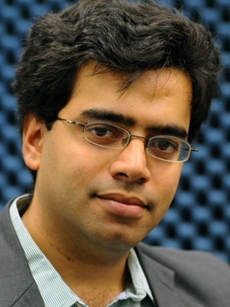Chinese technology company Xiaomi has announced its next salvo in the fast charging wars, a new 80W wireless method that the company claims beats out any other competitor. The 80W solution is said to be able to charge a 4,000mAh battery up to 50 percent full in eight minutes and 100 percent full in 19 minutes. The video above shows it in action on a modified Mi 10 Pro.
Xiaomi already has the fastest wireless charging on a shipping phone; the Mi 10 Ultra has 50W wireless technology that can fully charge its 4,500mAh battery in 40 minutes. Oppo recently announced a 65W solution that is said to be able to charge a 4,000mAh battery in 30 minutes, but the tech is yet to ship in a commercial device.
Fast wireless charging is much less common outside China, where companies like Huawei and Xiaomi have been working to outdo each other for a while. The fastest option that’s widely available in the West is the OnePlus 8 Pro, which has an optional 30W wireless charger. Apple’s new MagSafe chargers for the iPhone 12 line charge at up to 15W.Xiaomi hasn’t announced when a phone with 80W wireless charging will actually ship, but it shouldn’t be too far off. The company has consistently released phones with ever-higher wireless power specs over the past couple of years, with the Mi 10 Ultra only coming out a couple of months ago. Source: https://www.daily-bangladesh.com

